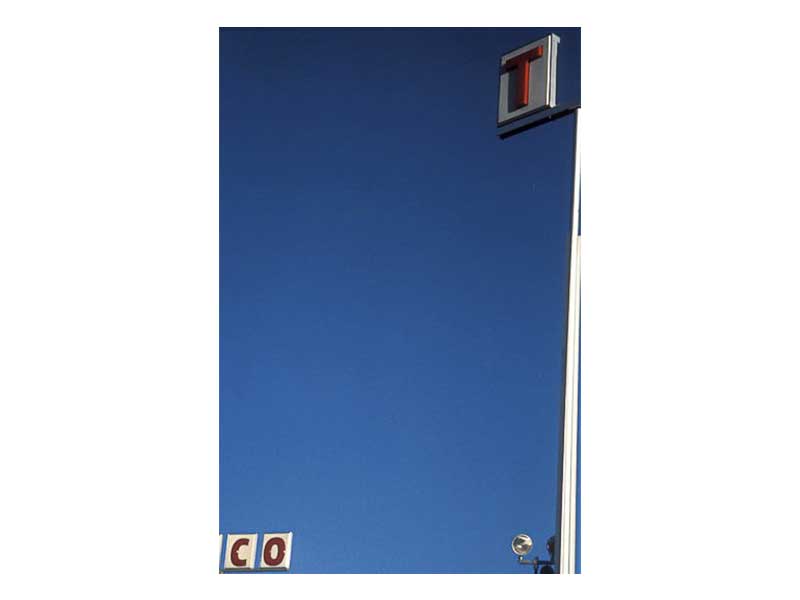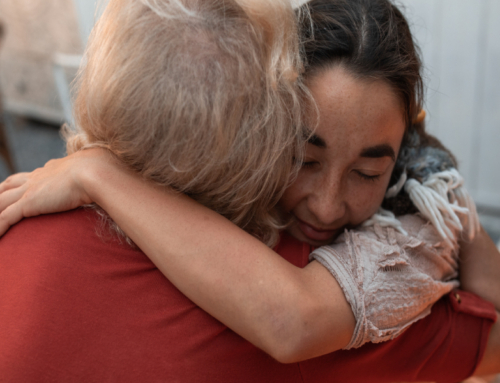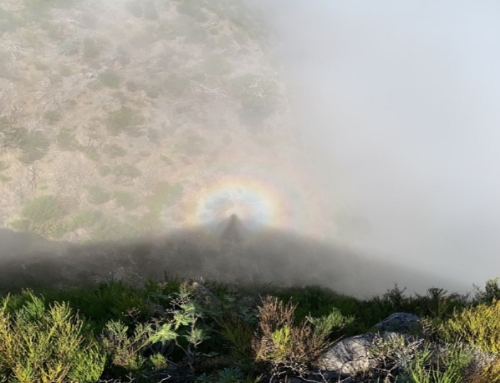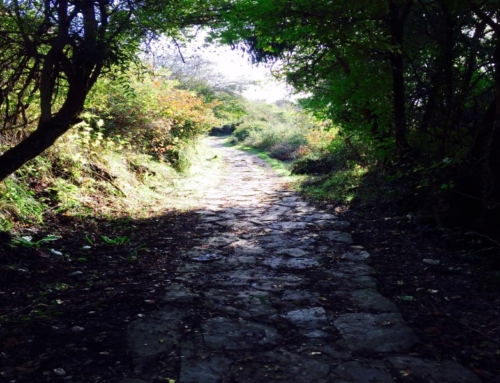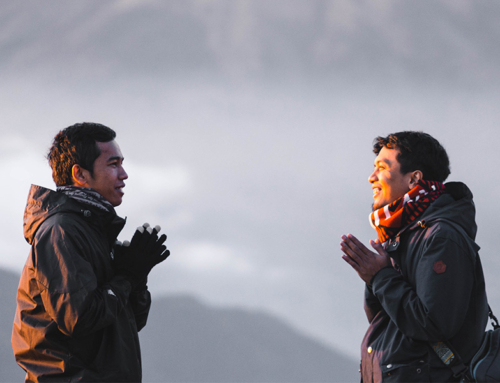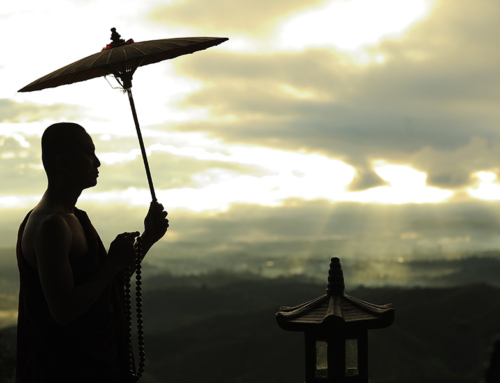In the mid nineteen fifties, a Tibetan monk, Chögyam Trungpa Rimpoche, shot his first photographs in a unique style of seeing – that since spawn a whole school of photography: Contemplative Photography.
His subject matter and framing was unlike any one before and perhaps after him.
His vision was one unencumbered by any prior education or training in the techniques of trained photographers.
His pictures, are in a way a true representation of his perception of life around him or as Michael Wood and Andy Karr explain in The Practice of Contemplative Photography, “forming the equivalent”.
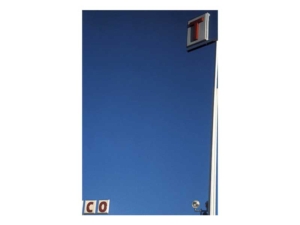
Chögyam Trungpa Rimpoche, Cap Breton, 1979
The general idea is to see first, let that percolate through our emotions and then form the visual equivalent of what we saw and only then press the shutter…
Free from thought we are perception only. And the result is what shows up on screen or the negative…a little random at first glance but actually not so: it is the image of an emotional perception we don’t usually stop and look at.
It is not surprising this adventure in photography would have been started by a Tibetan monk : indeed the practice of meditation uses those gaps in thought to further experience. It is exactly during these gaps in thought that emotional perception is left alone, unshackled by the cognitive mind.
Today we are constantly stimulated to give our attention to thought, whether of high or low brow varieties does not matter, our minds are at work reading and absorbing visual stimulation mostly in front of screens – as much as 12h a day for most Americans.
The beauty of Michael Wood and Andy Karr’s book is that it goes further than simply describing the art and teaches the practice of “seeing” (read : “paying emotional attention”) to colours, raindrops, shapes and textures, light and shadows and even light distortion in the world around us. These things are always there around us, it’s just that we are passively taking them in instead of paying attention to their unique beauty.
Think of it as a form of applied every day meditation for your time on the bus, in the car, walking the street, at the mall or on the beach – beauty in that form is everywhere and exists in infinite combinations of light, colours, shapes, textures and even darkness.
As someone dear to me used to say: “there is no substitute for paying attention”…this one is a different kind of attention, one that is focussed on representing our emotion – even the act of “looking” from a mind cleared of thought is helpful, I find, in reaching for a genuine aspect of our creativity that is there always, only just lurking below.
And then there is the prize of beautiful, fresh photography that is as unique as our rich palette of emotions and the infinite variety of the appearance of things.
Photography as a tool to express the experience of the awakened state of mind : this is how Michael Wood and Andy Karr describe contemplative photography. It speaks to my heart and creative mind at the same time : the experience of seeing without the stimulus of thinking about “what” I am seeing and the creative recompense of a beautiful image as a bonus…
Cameras out!
